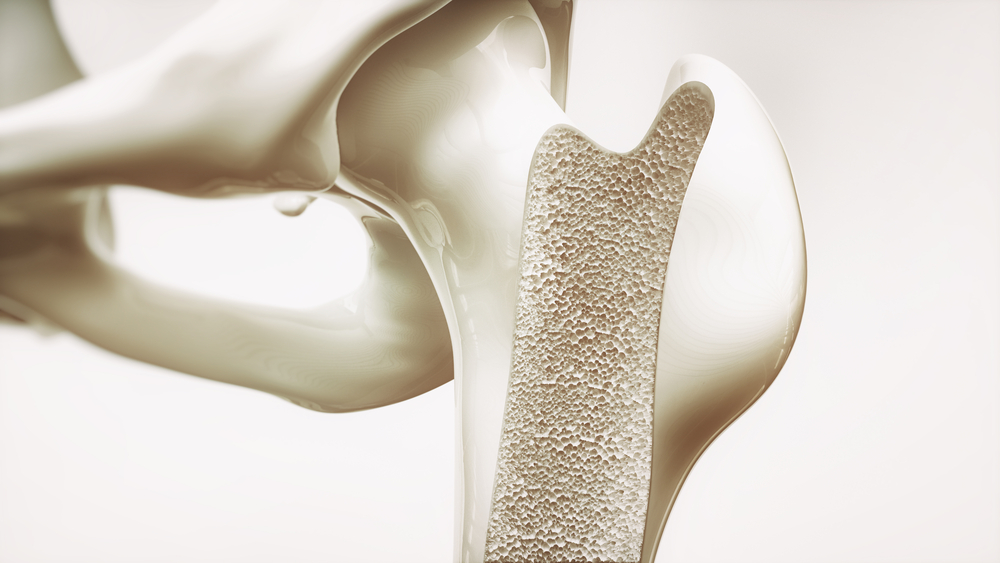Boys with Duchenne Muscular Dystrophy at High Risk for Bone Fractures

Young boys with Duchenne muscular dystrophy (DMD) have a higher rate of bone fractures than healthy children, a retrospective study shows.
The fractures are more frequent in lower limbs and decrease the patients’ ability to walk, leading to wheelchair dependence.
The study, “Fractures and bone health monitoring in boys with Duchenne muscular dystrophy managed within the Scottish Muscle Network,” was published in the journal Neuromuscular Disorders.
DMD is characterized by progressive deterioration of the muscles because of muscle inflammation, fat infiltration and fibrosis — excessive deposits of connective tissu.
To date, glucocorticoid (GC) therapy — steroid hormone-based therapy with anti-inflammatory effects — is the only intervention that produces a lasting change in the clinical progression of DMD.
Short-term use of GC leads to an improvement of muscle function and strength, while long-term usage protects upper limb function and cardiac function, and reduces risk of scoliosis (spinal curvature).
Nonetheless, prolonged treatment with GC has been associated with abnormalities of growth and skeletal development. By age 12, most patients become wheelchair dependent, which can be correlated with a high fracture frequency.
While fractures are common in DMD patients, few studies have assessed their real prevalence.
Connect with other people and share tips on how to manage Muscular Dystrophy in our forums!
Researchers performed a retrospective analysis of 91 boys with DMD to evaluate the occurrence of bone fractures according to their medical history. They were followed in seven centers, members of the Scottish Muscle Network. Fractures were classified into vertebral (spine) and non-vertebral.
The median age of the cohort was 11.3 years; 51% of the boys were wheelchair-dependent. More than half the patients (65%) were on GC therapy and 23 (25%) patients had been treated with GC at some point in the past. Only nine boys (10%) had never received GC treatment The most common GC therapy used was a single daily dose of Deflazacort.
Researchers found that almost half (48%) of the patients had at least one fracture, with the cohort registering a total of 51 fractures — the number of fractures per individual ranging from 1 to 4.
“When compared to the prevalence of fracture of 9% reported in a large cohort of healthy children in the United Kingdom, the prevalence of fracture in DMD in the current study (48%) is clearly much higher,” investigators said.
Femur (thigh bone) and tibia (shin bone) fractures were the most common, contrary to what has been shown in healthy children, where the most common were upper limb long bone fractures (radius and ulna bones).
The results showed that one out of every two boys developed a first symptomatic fracture by the age of 12.8 years. In these patients, fractures may lead to premature loss of ambulation and, in more severe cases, are associated with life-threatening complications such as fat embolism — blockage of blood vessels by fat.
Surprisingly, 84% of the non-vertebral fractures, which made up 40% of the cases, occurred upon falling from a standing height or lower, highlighting the high risks to which DMD patients are exposed. Almost 9% of the DMD patients presented with severe painful vertebral fractures.
Many factors can contribute to the development of fractures, including vitamin D levels, testosterone levels, and glucocorticoid therapy.
Delayed puberty occurs in almost 80% of older adolescents. It is known that testosterone leads to increased bone mass, hence its delay will contribute, at least in part, to the poor bone development seen in these adolescents. In addition, these patients usually have low levels of vitamin D, which correlates with bone mineral density and frequently requires supplementation.
Researchers highlighted that, although not addressed, several factors may contribute to DMD patients’ fractures.
“For example, the influence of different GC regimens, bisphosphonates, testosterone therapies, pubertal status, vitamin D levels and bone mineral density will require exploration in a larger cohort,” they said.
Overall, these results show that DMD patients have a high rate of bone fractures.
Researchers urged increased awareness of the need for proper bone monitoring and routine pubertal assessment in DMD boys. The development of guidelines for a standardized, detailed evaluation of DMD would not only benefit clinicians, but also patients, with a more comprehensive follow-up.






